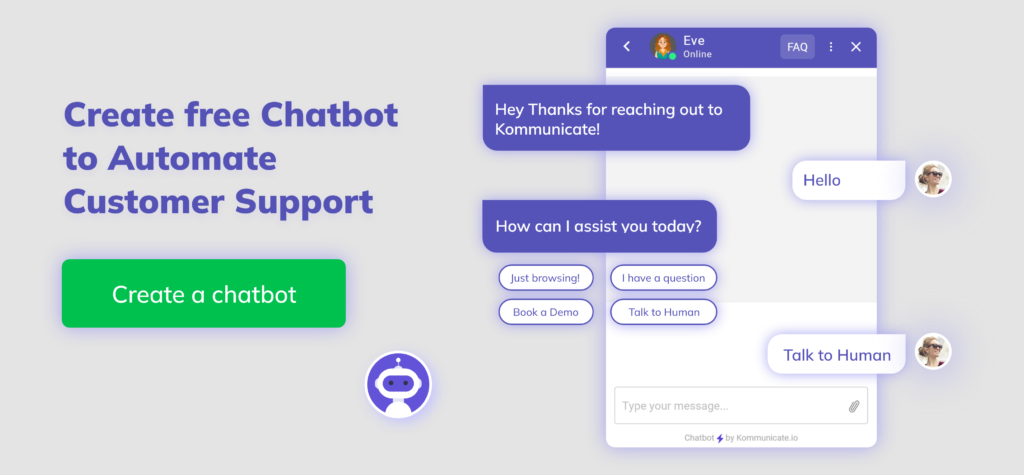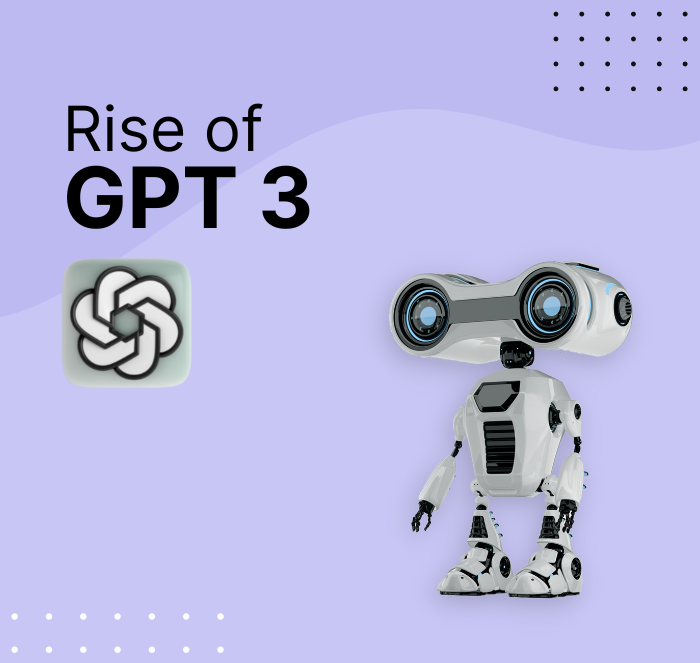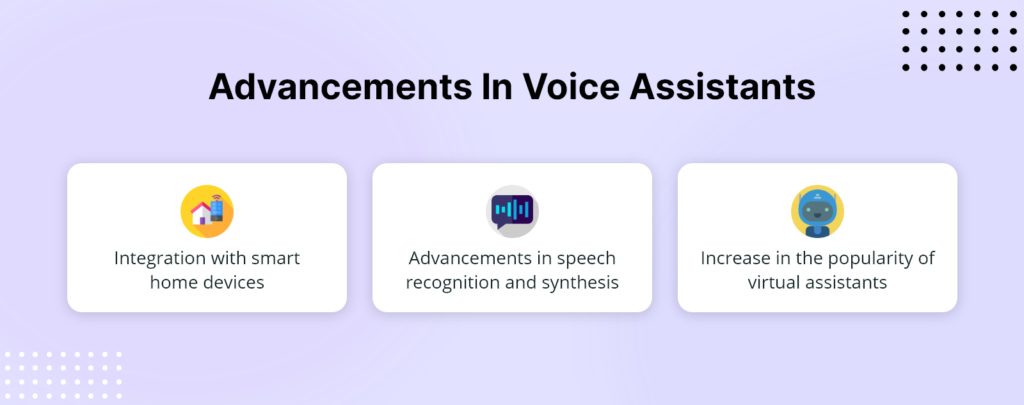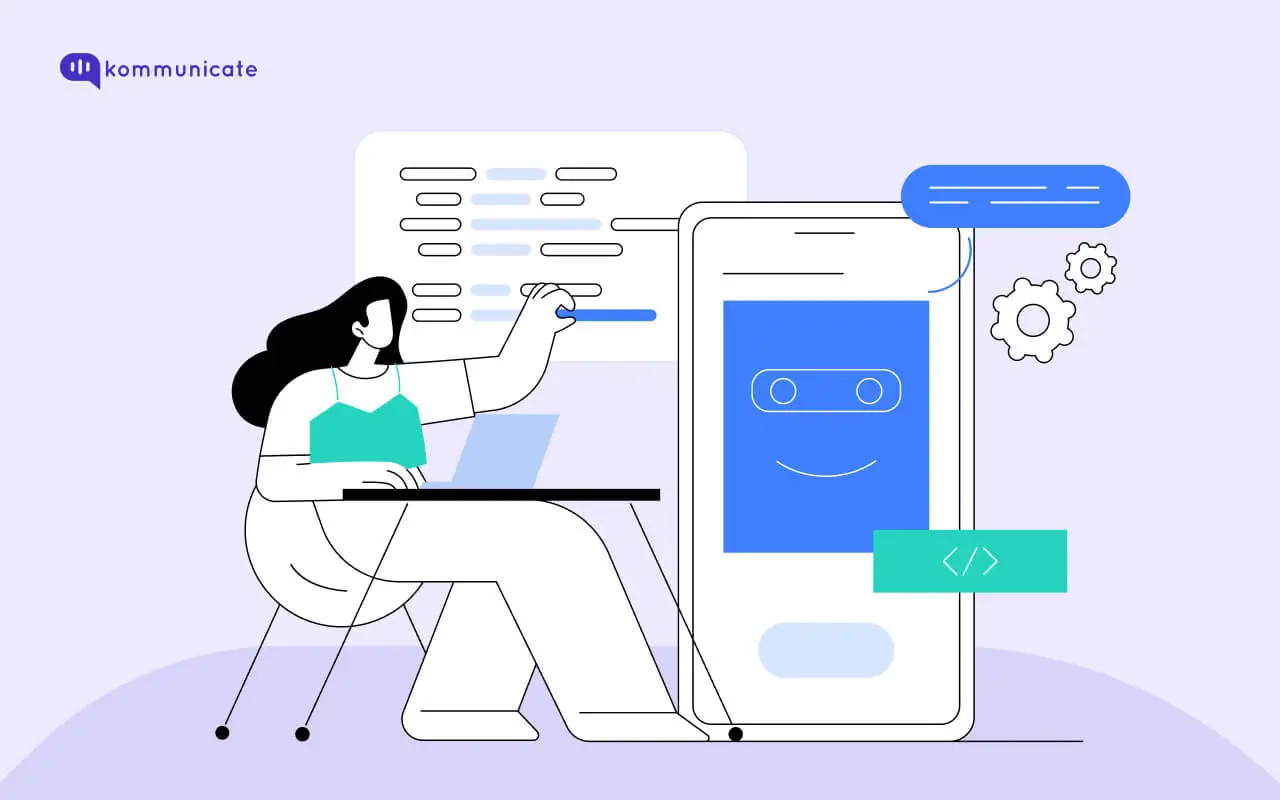Updated on June 28, 2023

The year is 2012.
Customer queries are coming into the call center of one of Italy’s biggest car insurance providers.
There is a bevy of call center agents, all speaking rapidly on their phones, all looking haggard.
Customer queries are on the rise, and the operations manager sees no other way than to hire more customer support reps and invest more in office infrastructure such as desktop computers (laptops were a bit expensive back then).
There is frustration all around, and the manager hopes that someday technology will solve this problem, like a bevy of humanoid agents who will be able to answer the customer queries a la iRobot.

Fast Forward to 2022
The number of chairs in the same office has reduced. The car insurance provider gets even more enquiries, but the call center agents don’t look as frustrated.
In fact, they look happy, spending more time with key customers and taking their time-solving queries.
The operations manager doesn’t look worried about increased costs either.
So what has changed?
In one word: chatbots!!
You see, the company implemented a simple FAQ chatbot on their website, and most of the customer queries are now answered by the bot.
This is not a fictional story. The car insurance company in question is a real Italian insurance provider. Read our entire case study here.
We all by now know how helpful chatbots are in automating customer support, and the year 2022 only saw more and more chatbot players increasing their offerings. These players are diversifying what chatbots can do and pushing the technology to its limits.
Let us see how chatbots evolved in 2022 and what 2023 and beyond holds for this:
1. Advancements in Natural Language Processing:
Chatbots undeniably became smarter in 2022, with NLP capabilities being put to good use by chatbot builders of all sizes. Chatbots today have an improved understanding of the human language, with more and more training fed into chatbots that are constantly evolving.
a. Low-code, No-code platforms
2022 was the year that saw low-code, no code platforms like Kommunicate gain more traction. SaaS companies like Kommunicate are at the forefront of this battlefield, aiming to democratize this technology so that common people can develop sophisticated chatbots on their own.
You no longer need to be a scientist or a computer developer to build a bot that understands human language. With Kommunicate’s intuitive Kompose chatbot builder, users can build and train advanced chatbots with features like sentiment analysis.
2022 was the year these low-code tools went mainstream, and we can see more and more chatbot builders offer no-code builders in 2023.
b. Rise of GPT-3 and other Transformers
An interesting development that happened in 2022 was the rise of Generative Pre-Trained Transformer 3 (GPT-3). GPT-3 other machine-learning models which have the ability to create an entire article from scratch. What sets these transformers apart is that they are much more capable of understanding the context in which a conversation is taking place.

This ability of the machines to understand the context of a conversation is big. This is because customers no longer need to repeat themselves to a chatbot. The focus in 2022 was on Bidirectional Encoder Representations from Transformers (BERT) and Embeddings from Learning Models (ElMO). These transformers have been trained on an enormous amount of data.
As these transformers get better at what they do, one can expect the NLP capabilities of modern chatbots to grow by leaps and bounds.
c. NLP to Monitor Social Media and Fake news
Sentiment analysis is a term that has been all the rage in 2022. This is thanks to more and more customers coming online to voice their opinions. With brands becoming even more conscious of negative publicity, NLP has been tasked with detecting and deflecting poor reviews.
Social media monitoring will give companies a better understanding of how customers actually feel about their brands. They can also help gauge how effective new marketing campaigns are.
Curbing fake news is another area of interest for NLP applications. According to this report, advanced NLP transformers have already begun fighting fake news, especially around the COVID-19 pandemic. In today’s era, where information spreads like wildfire, fake information can lead to a lot of discomfort. Using NLP is the tool of the good guys against the bad guys.
d. Supervised and Unsupervised Machine learning
In supervised learning, the machine learns under the supervision of the programmers. It can make accurate predictions with the help of labeled datasets. For instance, if we include a dataset of images of oranges and apples, the machine learns with the help of color, shape and size.
Now, when you insert a new image of orange into the machine without a label, the machine can predict accurately that it is in fact, an orange, using past data.
In unsupervised learning, the machine uses unlabelled data and learns by itself. The machine tries to find a pattern and classifies data accordingly. One can divide this unsupervised learning further into Clustering and Association. Both of these are techniques that have real-world applications such as Market Basket Analysis and identifying Accident Prone areas.
In 2022, companies like Meta used Machine learning to deliver personalized ads. They can also suggest you friends based on your activity on the social network.
2. Advancements in Voice Assistants

According to an Insider Intelligence report, Voice Assistants 125.2 million people in the US used Voice Assistants in 2022, and 88% of Voice Assistant users will use Voice assistants on their smartphones. Voice assistants continued to evolve in 2022, thanks to advancements by companies such as Google and Amazon.
Advancements in Voice Assistants include technology such as echo cancellation and beam forming, and also more NLU capabilities in embedded devices. This will make workers who require hands-free communication and information retrieval more efficient. Like for instance, workers at an Airport or a Manufacturing setup.
Voice Assistants also made inroads into the payment space in 2022, with Voice used as a primary input source to request and receive payments. Customers will feel more and more comfortable using Voice Assistants to make payments, and 2022 saw more and more e-commerce platforms adopting this technology.
a. Integration with smart home devices
A joint survey by Consumers International and the Internet Society showed that 70% of homeowners owned a smart device such as smart home appliances, gaming consoles, or fitness devices.
As the number of voice-connected devices rose in 2022, so did the technology that powers these devices become more and more sophisticated. In 2022, Apple released the iWatch Series 8, and with Voice commands using Siri, you can answer calls, read text messages, ask for weather updates, and a whole lot more, using just your voice.
Devices such as Amazon Alexa and Google Assistant got smarter, all thanks to the advancements in NLU.
b.Advancements in speech recognition and synthesis:
You probably interact with Alexa or Siri in the following way,
“Alexa, what’s the weather like in Seoul today?”
“Siri. What’s the time?”
“Okay, Google, which is the best French restaurant in town?”
These are simple passive expressions. A computer can understand them easily and carry out the actions. But what about more complicated speech? Conversations that require an understanding of context and subtle nuances of human dialect? or accents? A computer is far from understanding these, but we are getting there.
2022 saw more and more sophisticated Voice chatbots that had advanced speech recognition capabilities built in. We are only going to see more and more of these bots as we move forward.
c. Increase in the popularity of virtual assistants
According to a report by MarketsandMarkets, the global smart speaker market size was valued at $4.6 billion in 2020 and is projected to reach $11.79 billion by 2025, at a CAGR of 19.7% during the forecast period. Additionally, research from Juniper Research estimated that the number of smart speaker users would reach 225 million by 2020 and that by 2022, 55% of households would have a smart speaker.
The reason for the rise in popularity of these virtual assistants is that they integrate easily with our home devices. As more and more of these devices become “smart,” it is only natural that we want to control them easily, especially with voice. Virtual assistants were a perfect choice, allowing us to control everything from thermostats to lights and even the television.
Advancements in speech recognition and synthesis in 2022 made these devices, even more, smarter and able to understand the intent behind our commands more easily. This made the entire experience more enjoyable and seamless. Virtual assistants rose to even more popularity in 2022, and we can’t wait to see what 2023 holds in store for them.
3. Advancements in Conversational AI
2022 was a significant year for Conversational AI. There were 3 major areas in which improvements were made. These include:
- Multi-turn conversations: Chatbots could handle sophisticated human conversations, making us feel as though we were interacting with a real human being.
- Handling emotions and sentiment: Chatbots in 2022 were better able to understand the emotional state of the person at the other end. Chatbots were thus able to make better predictions and be more helpful to the users interacting with them.
- Dialogue management: This technology allows chatbots to keep track of what is being said and respond with a proper context. This makes interactions with the chatbots more meaningful, with the ultimate aim of making the conversation as close to a human conversation as possible.
Future Trends for Chatbots in 2023
While we saw how chatbots evolved in 2022, the future of chatbots is even more exciting.
Here are a few predictions we have on what 2023 and beyond will look like for chatbots:
a. Conversational AI will empower Virtual assistants
Virtual assistants, powered by Conversational AI, will be able to handle more complex tasks. For instance, we envision a future where, based on your conversation with a virtual assistant, the machine will gauge your sentiments and emotions to see if they are positive or negative. In case they are negative, the virtual assistant will suggest necessary actions, like, for instance, suggest and book a spa treatment center for you. This is just a hypothesis, though. The future may bring much more exciting possibilities.
b. Continued advancements in Natural Language Processing
Chatbots are already good at understanding complex human conversations, and 2023 will be the year that this trend will continue. Chatbots can understand more nuanced conversations and respond in a much more “human” way. In fact, the responses will get so good that, at one point, users may not even want to enable the “bot-to-human-handoff” feature.
Sentiment analysis and emotion detection features of the bots will become more accurate and sophisticated. Social media monitoring will be much easier for companies with NLP-powered bots that can detect and respond to negative reviews and comments.
c. Deeper chatbot penetration in e-Commerce and Customer service space
Chatbots will play a pivotal role in eCommerce companies increasing their sales by helping customers find what they are looking for. Answering complicated customer queries and providing round-the-clock support to customers will improve customer satisfaction. Human agents will see AI and chatbots as not a threat to their jobs but rather as enablers that help them get better at what they do.
d. Chatbots for payments will evolve
An interesting by-product of the COVID-19 pandemic was that more and more businesses went online in 2020 and 2021. Chatbot driven payments are still in their infancy, but 2023 will be the year that this technology will gain more traction. Many chatbot providers will also be able to develop robust payment integrations, and payment gateways like Razorpay, Stripe, and PayU will make the lives of consumers and brands that much easier.
All in all, the time has never been better to see this interesting piece of technology evolve. Artificial intelligence and chatbots will help us navigate our digital lives better, and make things simpler for many tech workers.
In the words of Sunder Pichai, CEO of Google,
“Artificial intelligence is one of the most profound things we’re working on as humanity. It is more profound than fire or electricity.”
At Kommunicate, we are envisioning a world-beating customer support solution to empower the new era of customer support. We would love to have you on board to have a first-hand experience of Kommunicate. You can signup here and start delighting your customers right away.







